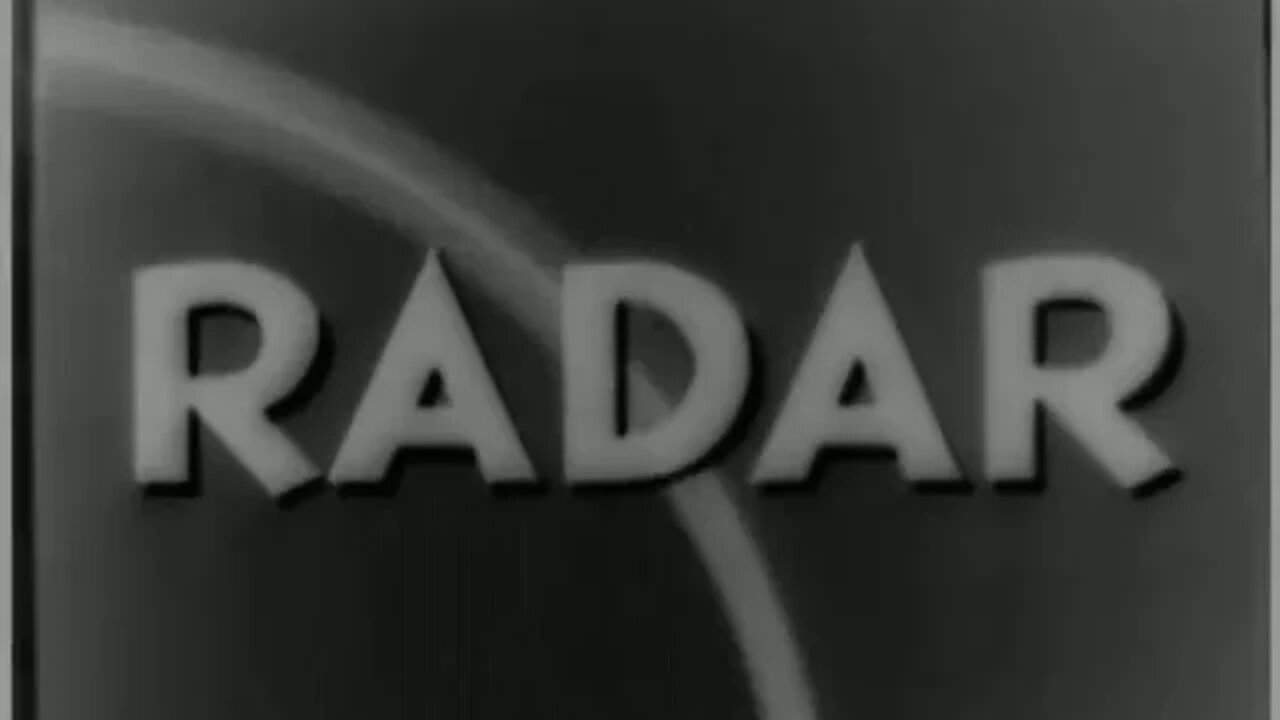Premium Only Content

Radar: Technical Principles - Part 2: Mechanics
Training film: «Radar: Technical Principles - Part 2: Mechanics» (1946).
Radar (radio detection and ranging) is a detection system that uses radio waves to determine the distance (ranging), angle, and radial velocity of objects relative to the site.
Radar was developed secretly for military use by several countries in the period before and during World War II. A key development was the cavity magnetron in the United Kingdom, which allowed the creation of relatively small systems with sub-meter resolution. The term RADAR was coined in 1940 by the United States Navy as an acronym for "radio detection and ranging". The term radar has since entered English and other languages as a common noun, losing all capitalization.
Full radar evolved as a pulsed system, and the first such elementary apparatus was demonstrated in December 1934 by the American Robert M. Page, working at the Naval Research Laboratory. The following year, the United States Army successfully tested a primitive surface-to-surface radar to aim coastal battery searchlights at night.
-
 10:48
10:48
Nikko Ortiz
15 hours agoDont Watch These TikToks
31.8K7 -
 10:17
10:17
MattMorseTV
14 hours ago $10.45 earnedTrump's DOJ just DROPPED a NUKE.
59.1K63 -
 2:09:32
2:09:32
Side Scrollers Podcast
17 hours agoStreamer DIES Live On Air + Your Food is Poison + Xbox Announces $900 Handheld | Side Scrollers Live
12.1K8 -
 15:32
15:32
GritsGG
13 hours agoFull Auto ABR Sniper Support! Most Winning Quad Win Streaking!
4.01K2 -
 7:42
7:42
The Pascal Show
12 hours ago $0.41 earnedBREAKING! Police Provide UPDATE In Emmanuel Haro's Case! Is Jake's Lawyer Lying To Us?!
1.71K -
 2:29:46
2:29:46
FreshandFit
6 hours agoAfter Hours w/ Girls
102K62 -
 5:28
5:28
Zach Humphries
11 hours ago $0.33 earnedNEAR PROTCOL AND STELLAR TEAM UP!
10.2K2 -
 1:09:57
1:09:57
Brandon Gentile
1 day ago10,000 Hour BITCOIN Expert Reveals Why $13.5M Is Just The Start
15.9K1 -
 2:03:55
2:03:55
Badlands Media
6 hours agoDevolution Power Hour Ep. 382: DOJ Coverups, Clapper’s Team Sport & Trump’s Countermoves
127K19 -
 2:06:30
2:06:30
Inverted World Live
9 hours agoDon't Approach the Zombie Rabbits | Ep. 95
50.4K23